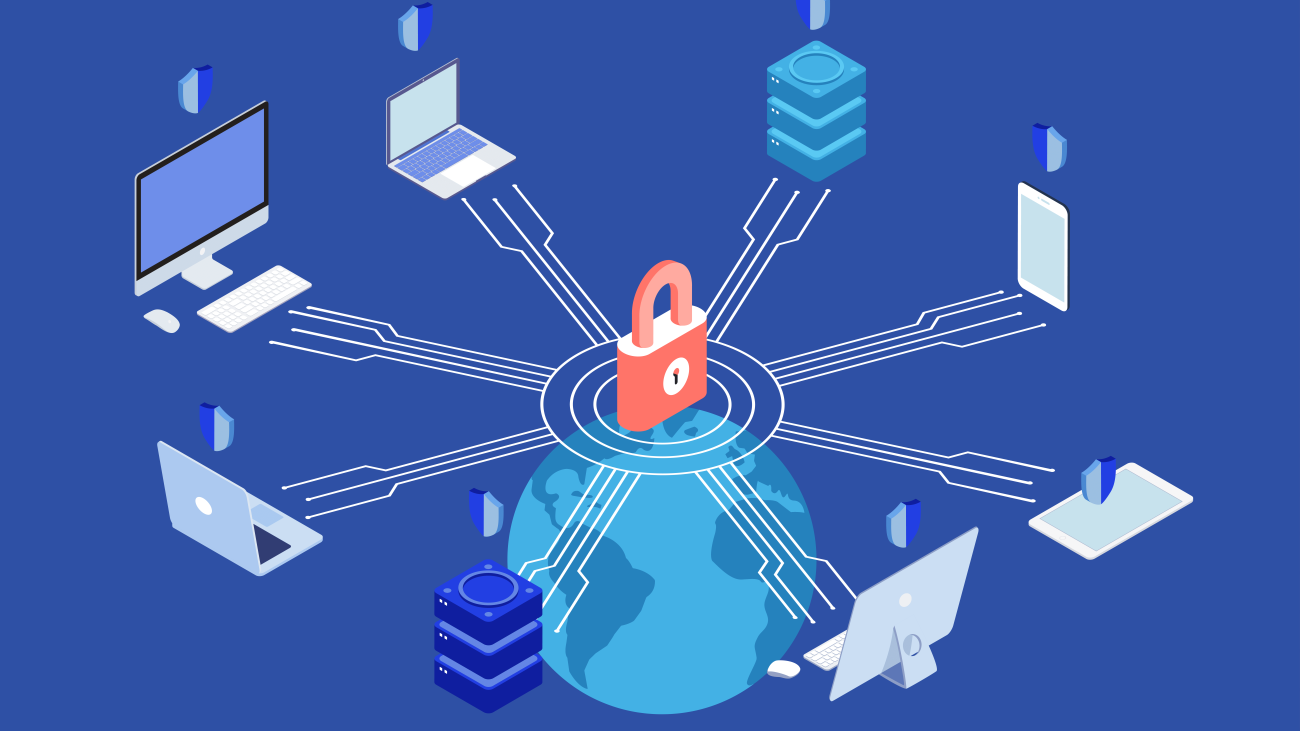
Even before the COVID-19 work from home order, the business world has increasingly become a remote occupation. Whether organizations let their employees work remotely a few days out of the week, work completely remote, or have employees that travel frequently, a proper Virtual Desktop Infrastructure (VDI) solution can allow organizations to seamlessly maintain the benefits and feel a single office location offers.
Learn more about how Fognigma VDIs can secure and unify your organization, no matter where your users are.
Benefits of Fognigma VDIs
Anonymous Access: Fognigma VDIs allow users to browse the internet in a sandboxed computing environment that protects their actual computer from attack.
Disposability: When VDIs are no longer in use, they can be destroyed in just a few clicks, and leave absolutely no footprint that links users’ actual computer to the work that was being done.
Centralized File Sharing: Users can save files and profile information on one VDI and then access them later on another as if it were the exact same one. Any data or files downloaded to a VDI can be virus-scanned in the safe sandboxed environment of the VDI itself, before being transferred to the user’s local computer or a file server.
USB Capabilities: Fognigma VDIs have local USB compatibility with most peripherals, including Custom Access Card (CAC) readers, printers, keyboards, and more.
Customization: Fognigma VDIs can be integrated with custom programs, allowing businesses to tailor the sandboxed environments to their needs.
Proxied Audio: Audio transmitted through the VDI is filtered to ensure no IP leaks occur.
How can Organizations Benefit from using Fognigma VDIs While Working Remote?
Fognigma VDIs are Easily Deployable: Organizations can have VDIs in just the click of a mouse for any of their users.
Paired with Fognigma Secure Communication and Collaboration Tools: Fognigma’s video conferenicng, file servers, and encrypted messaging components can be used within Fognigma VDIs which allows organizations to remotely communicate and collaborate in a secured, sandboxed environment, just as if they were in the office.
Burned After Use: When organizations VDIs are no longer needed, they are fully destroyed, and then can be spun back up in a click of a mouse.
Fognigma VDIs live inside of Fognigma’s Virtual Private Networks. These networks are entirely controlled by your business, invisible to anyone (trying) to watch your operations, are completely disposable, and fully encrypted.
Fognigma VDIs give businesses everything they need to protect their users, communications and data. Contact us to learn more or schedule a demo.
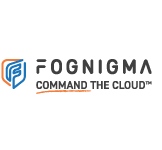

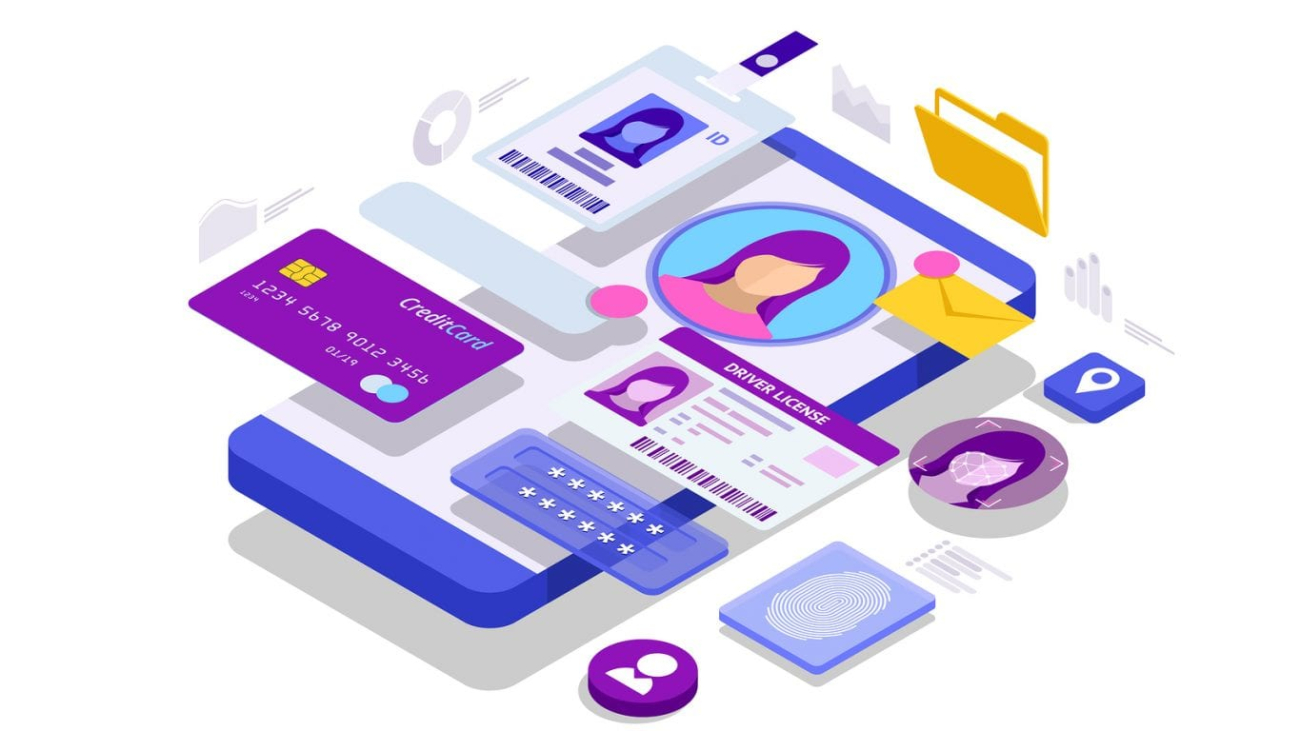



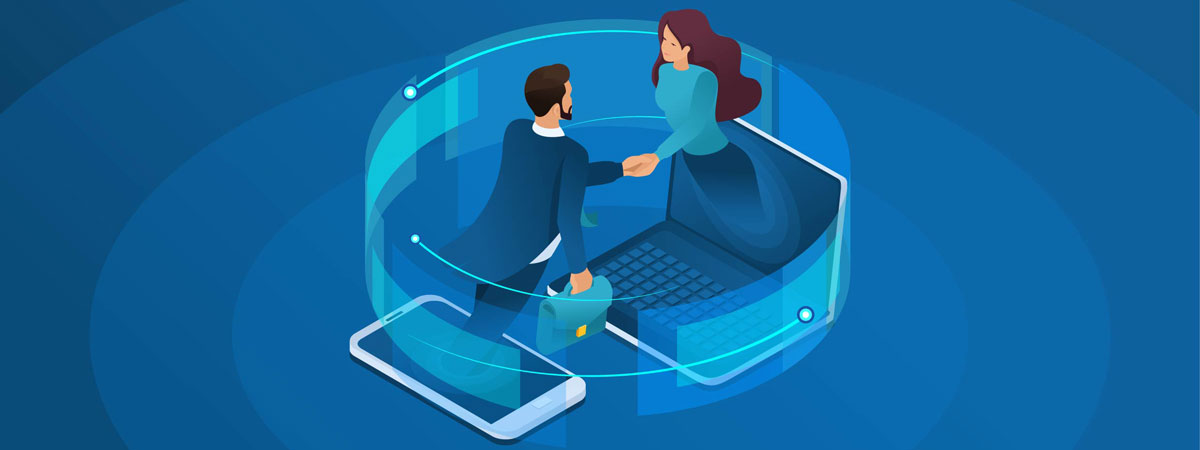


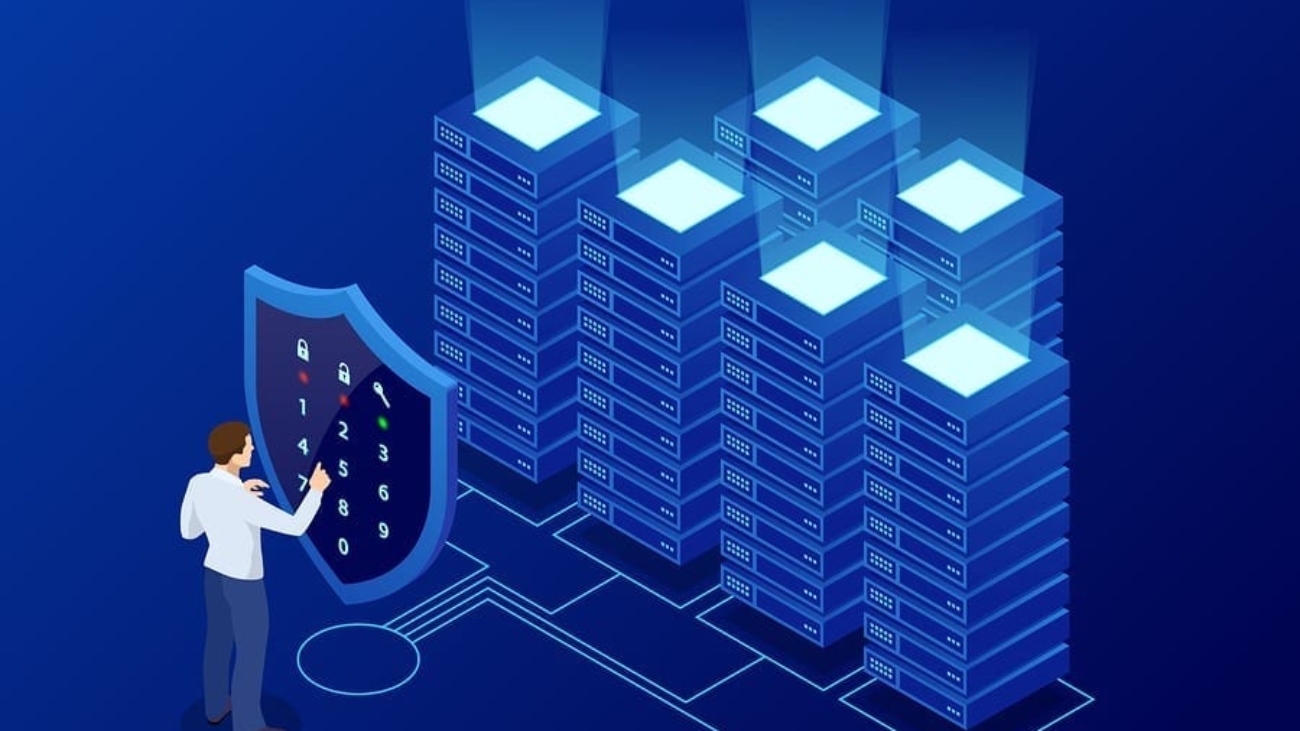
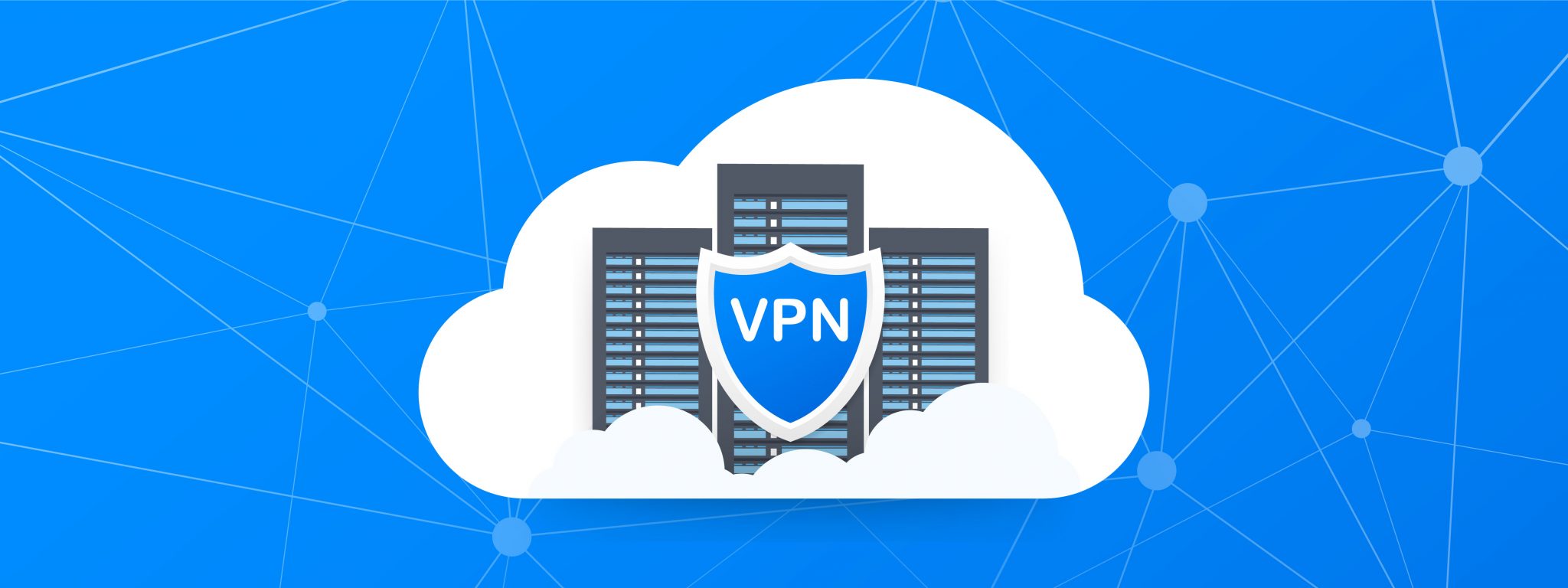

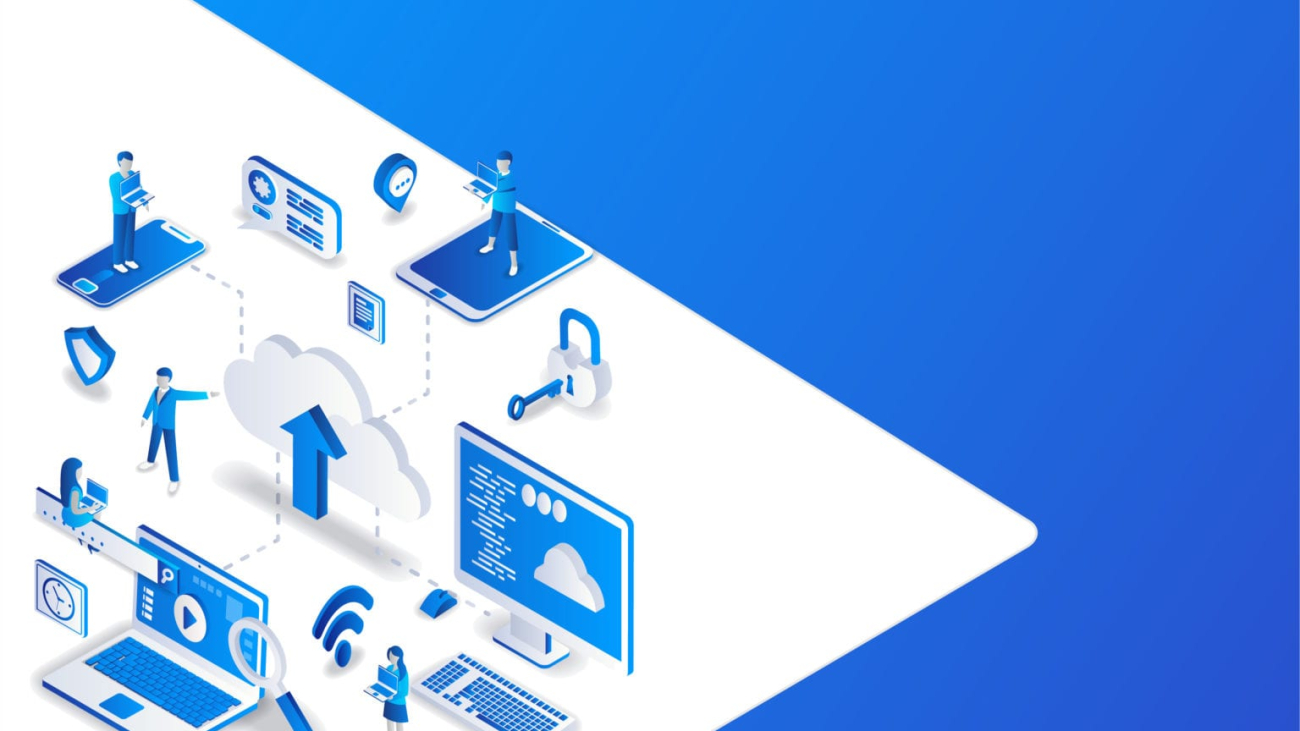



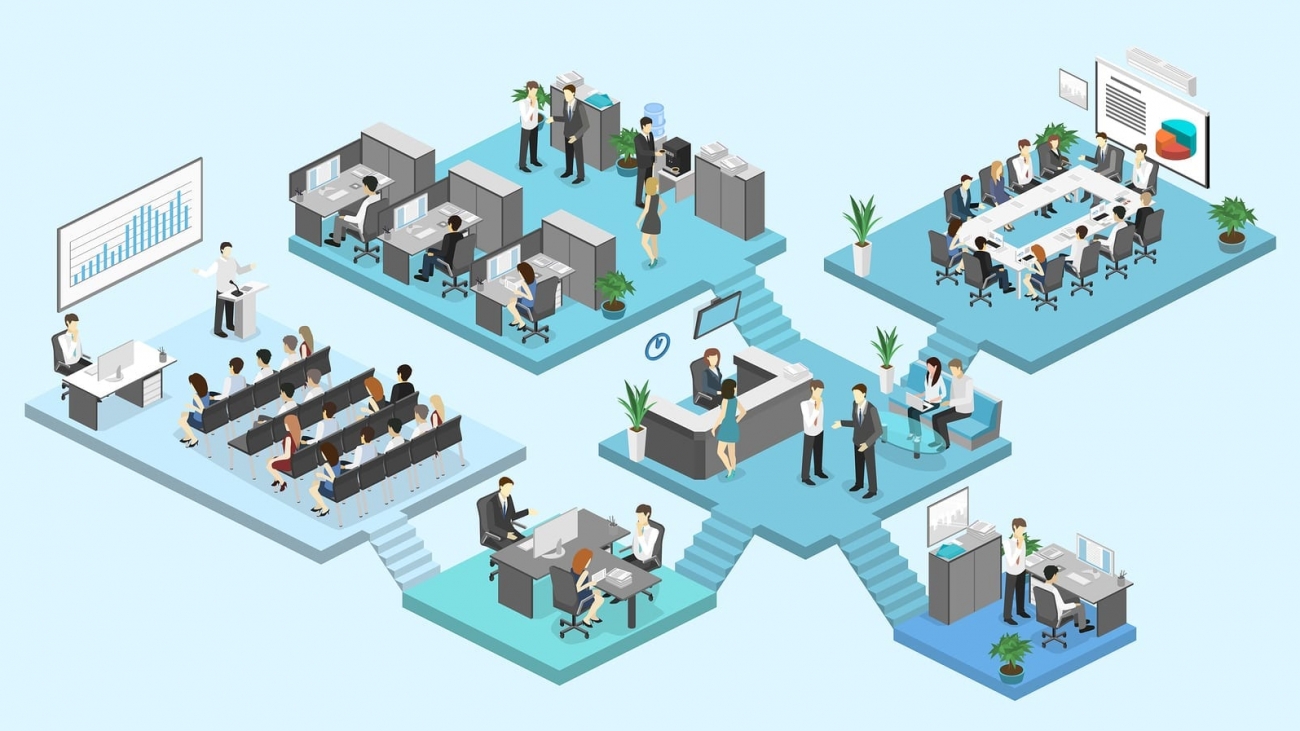

 NETWORK ANONYMITY
NETWORK ANONYMITY





